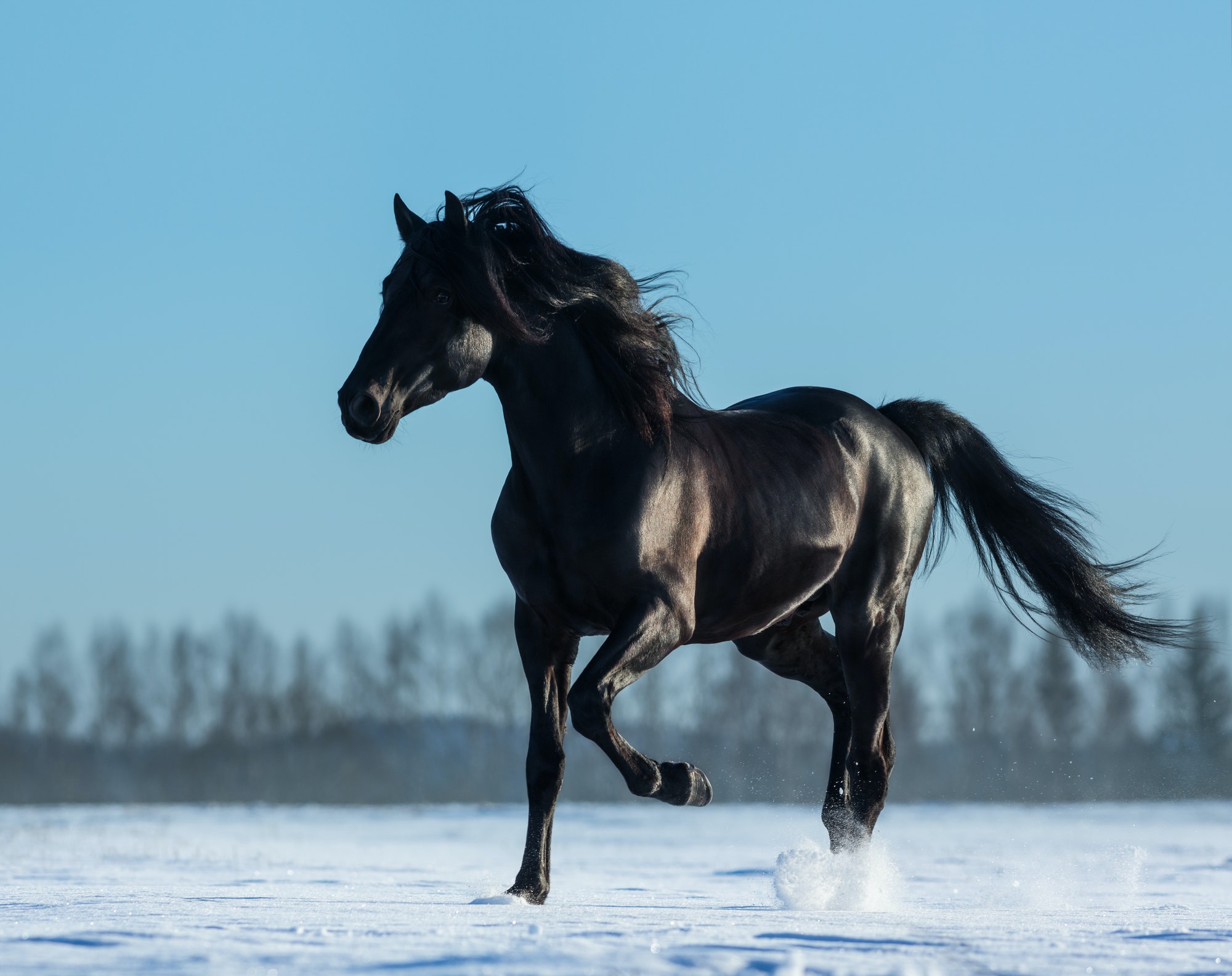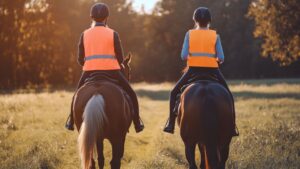Few animals capture the spirit of the American West, like the wild mustang. With their unbridled energy, muscular build, and majestic presence, these horses symbolize freedom, strength, and endurance. The black Mustang horse represents freedom, resilience, and natural power.
The American Mustang is often romanticized as a symbol of untamed freedom and the Old West. This iconic horse breed carries a rich heritage that dates back several centuries. They are known as the wild horses of the West. The Mustang is a gorgeous horse that has roamed the grasslands of Western America since the 16th century. They are renowned for their speed and beauty and are widely debuted in cinema and film, embodying the untamed allure of the American frontier.
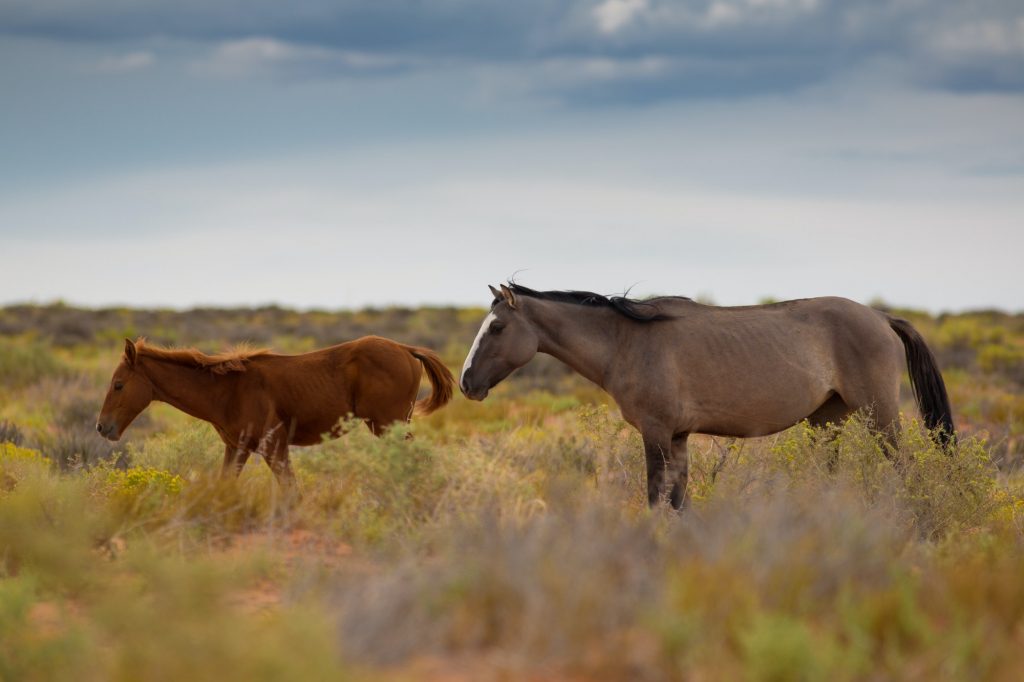
A Quick History
The Mustang horse, which descended from Spanish colonial horses used during the Spanish Empire’s crusades in the 16th century, exhibits a unique breed. Their natural speed and endurance made them the perfect companion for trekking the vast open spaces of Western America. However, their strong-willed and free-spirited nature made it hard for them to tame and keep ‘on a mission.’ This is where the Mustang’s nickname ‘Mustengo’ comes from, meaning ownerless beast.
The Spaniard’s control over the Mustangs didn’t last long… While Mustangs are domesticated horses and can be trained by humans for transportation. Mustangs are renowned for their wild nature and are ultimately loyal to their herds, not humans.
How have Mustangs been adopted and used by humans?
Native Americans and the Mustang
Mustangs were originally given to Native Americans by Spanish invaders. This was the first time the natives had been given horses, and it is believed that some even rubbed themselves with horse sweat as they were so in awe of these creatures. Throughout the 16th century, the new relationship between Native American tribes and Mustangs provided faster modes of transportation and increased the livelihood of many tribes. Tribes with horses were seen as dominant, giving them a trading edge as horses were often traded for meat, cloth, tools, and weapons.
The Mustang was the main source of wealth and status for many tribes, giving them a sense of dignity and power, and the free-spirited nature of the Mustang was a perfect fit for the life of a tribesman. One tribe, known as the Comanche, became legendary horsemen. The horses became their companions and friends; together, they would frighten away settlers, terrorize unwanted visitors, and strive to keep the plains of the western grasslands open and wild.
Mustang Runners of the 19-20th century
What is a Mustang runner? Picture your old-school stereotypical cowboy, and that’s a pretty accurate description.
From the beginning of the 19th century, a group called the Mustang runners or Mesteñeros would scale the landscape of Western North America in search of Mustangs to catch and ride. These Mustangs were often domesticated horses who had escaped, so as you can imagine, capturing them was never easy. But these ‘cowboys’ loved the thrill of the chase! Once they had captured a Mustang, Mustang runners would take them to markets in Mexico and South American states such as Texas, California, and New Mexico (hoping to earn a little profit).
Mustang Horse Characteristics and Habitat
Some people think of Mustangs as wild horses; however, the Mustang was carefully bred and is a descendant of French and Thoroughbred bloodlines. This unique genetic makeup gives the Mustang a distinctive set of features and characteristics:
• Surefooted – giving them great endurance and making them less prone to injuries
• 14-15 hands in height
• Weigh up to 800 pounds
• Medium build – making them extremely agile and fast
• 40-year lifespan
• Refined head with a small muzzle and wide forehead
• Low-set tail
• Muscular build
If the Mustang has proven anything, it’s that it is resilient. These Horses can stay a healthy weight on very little food and can survive on only grass and bush in the wild. However, if you are looking to adopt a Mustang, it’s important to remember that horses are, first and foremost, omnivores (they eat meat and plants), so you must give them a balanced diet.
So, where can you find wild Mustangs? Mustangs thrive in the open grassland of Western America, and you can normally find them in the open rural spaces of these states:
• Montana
• Idaho
• Nevada
• Wyoming
• Utah
• Oregon
• California
• Arizona
• North Dakota
• New Mexico
Even though Mustangs are typically wild-spirited, they thrive when surrounded by others. They live in herds of 1 stallion, around eight females and their young. What’s unique about these herds is that they are typically led by one of the female horses (the mare); she is in charge of guiding and protecting the herd, and when in danger, she will lead them to safety while the stallion stays behind to fight. In their natural habitat, wild Mustangs are extremely playful. If you are lucky enough to observe a herd of Mustangs in the wild, you might even assume they are fighting! They are a playful group that loves to play games, snuggle, and frolic in their spare time.
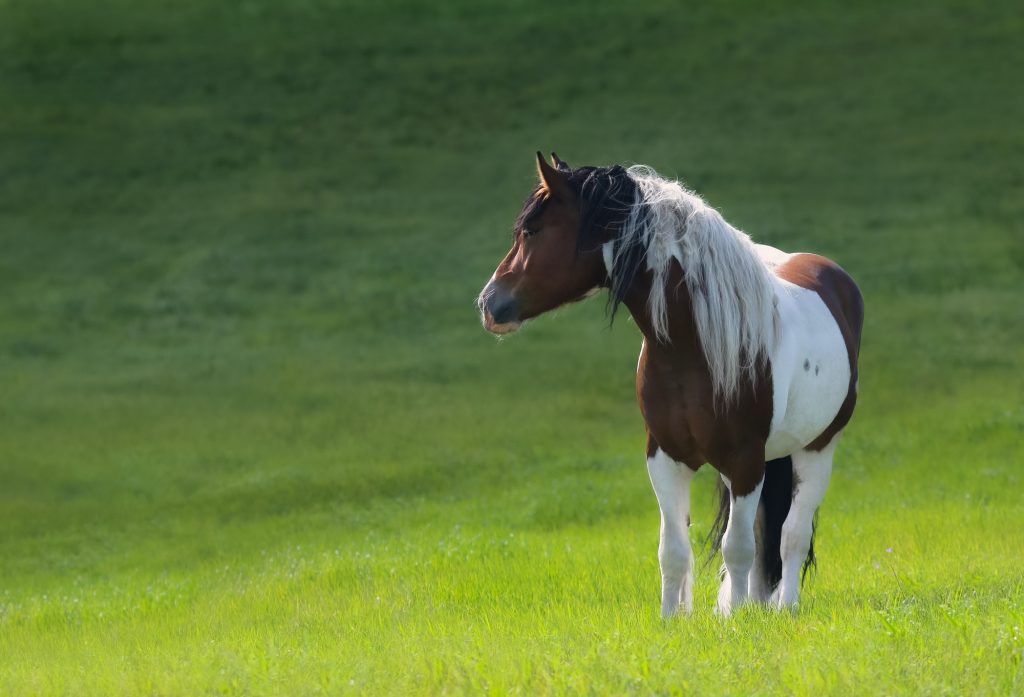
What Does the Future Hold for the Mustang Horse?
While the Mustang is not technically considered an endangered animal, the number of wild Mustangs has considerably dropped from 2 million at the beginning of the 21st century to around 70,000. Furthermore, the remaining 70,000 wild mustangs live on western land that can only provide for 27,000 animals.
So, while the Mustang is an incredibly resilient animal, they still need the help of conservation efforts and, in some cases, even adoption from the wild. For further details on Mustang adoption and compelling stories about exploring the Wild West, check out Ben Master’s post on the National Geographic for more information on Mustang adoption and some great stories about trekking in the Wild West.
